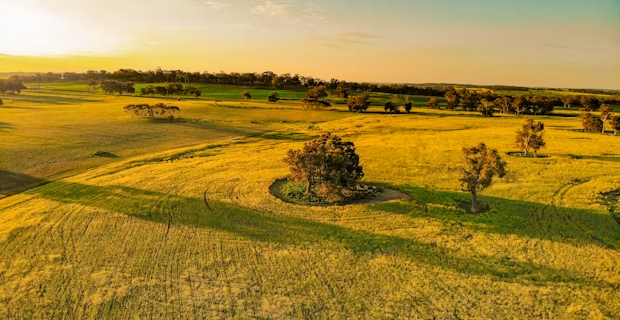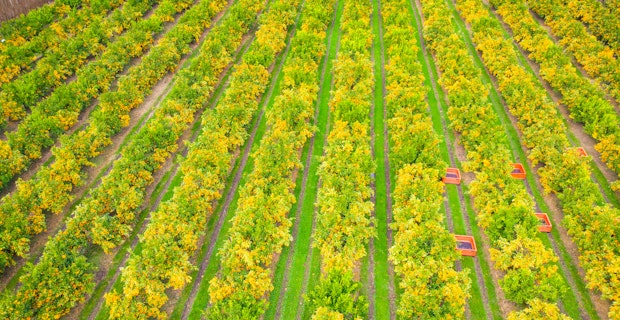Irrespective of where you look in agriculture, consolidation & growth are two very common themes. From small farms getting merged together to form larger farming entities and the consolidation of ag retailers, to software providers like Agworld becoming part of a larger entity like Semios; bigger seems to be better in many cases. But, is this always the case?
For farmers and ag retailers, achieving economies of scale in order to create higher productivity, decrease costs per unit or gain more buying power is quite often the key to survive and thrive in a competitive landscape with thin margins. Farm businesses have been growing in size, and therefore decreasing in number, since the technical revolution started and the continued introduction of larger, faster and more efficient equipment and farming methods have enabled this trend to persist. Most of us in the agricultural sector would argue that this is ‘good’ for the industry as it makes us more sustainable in the long run.

Some of the farming ‘tools’ that have enabled these efficiency gains for growers are the introduction of sophisticated chemicals to treat crops, the continued process of seed breeding which creates improved varieties with higher yields and fewer risks, access to capital and state-of-the-art farm machinery. The companies providing these products have seen a similar consolidation wave since WWII, with many smaller companies now forming part of a big conglomerate.
In order to improve the rate of innovation and quality of the technology, it’s natural that consolidation has occurred in these industries. With high barriers of entry, such as capital and knowledge required, into the industry, the top 10 agrochemical companies, the top 5 machinery manufacturers, and a ‘handful’ of banks, now form a virtual oligopoly in their respective industries. We all know that where less choice is found, less leverage of the customer is also found, and in this case growers come under increased pressures.

Growers naturally derive a lot of benefit from the products these suppliers provide but, at the same time, it’s easy to feel like the lack of choice in seed, chemical, equipment and finance providers does not provide a level playing field with good bargaining power for both parties. With this in mind, it’s easy to understand why Growers are very hesitant to give their suppliers even more bargaining power by storing their farm data on a platform that is owned by a Big Ag company with a vested interest.
So, is Big Ag bad? Absolutely not - they play a vital role in the industry. What is a bad idea then? Storing all farm data with them, which we know can easily be used ‘against’ growers’ best interest, it’s like giving your cards for ‘safekeeping’ to a stranger while going for a quick break during a game of poker in the casino; you know you might get lucky, but it’s not a risk I would take.

So when is ‘Big’ fabulous in agriculture? To me, it’s the introduction of big data analysis - where ‘big data’ comprises a large quantity of data from an area that is larger than just one farm, which can be used to reveal patterns, trends and associations that benefit participants who wish to be part of and contribute to such an independent platform.. Simply said: rather than only looking at your own data in isolation, but by combining it with that of relevant de-identified data, it delivers better insights into your own farming operation than if used alone. If that lowers risk or increases reward then it is beneficial.
Not a lot of true big data analysis is happening in agriculture yet, and definitely not where it is geared to benefiting growers, but the industry is clearly setting itself up for this. An increasing number of growers are starting to collect data in a standardized way that allows for data analysis down the track, and store this in a contributory data warehouse that is looked after by an independent custodian. Data collection is a necessary first step in every data analysis process, and it’s great to see this trend growing within the agricultural industry.
Search product labels with Agworld DBX
A reliable source of plant protection chemical label data so that you can find the information you need for managing weeds, pests and diseases in a safe and effective way. Download product labels and SDSs
Powered by Greenbook
So while ‘big’ or ‘bigger’ isn’t necessarily always in the best interest of growers, in the case of big data it is - the more clean and standardised data is in a dataset, the more accurate the analyses will be - and I am convinced that the next large efficiency gains in farming will be derived from big data analysis. But, in order for the growers to receive the full gains instead of other stakeholders, it’s important to keep things fabulous and independent!





